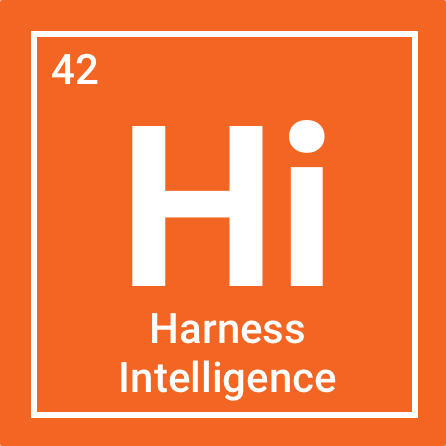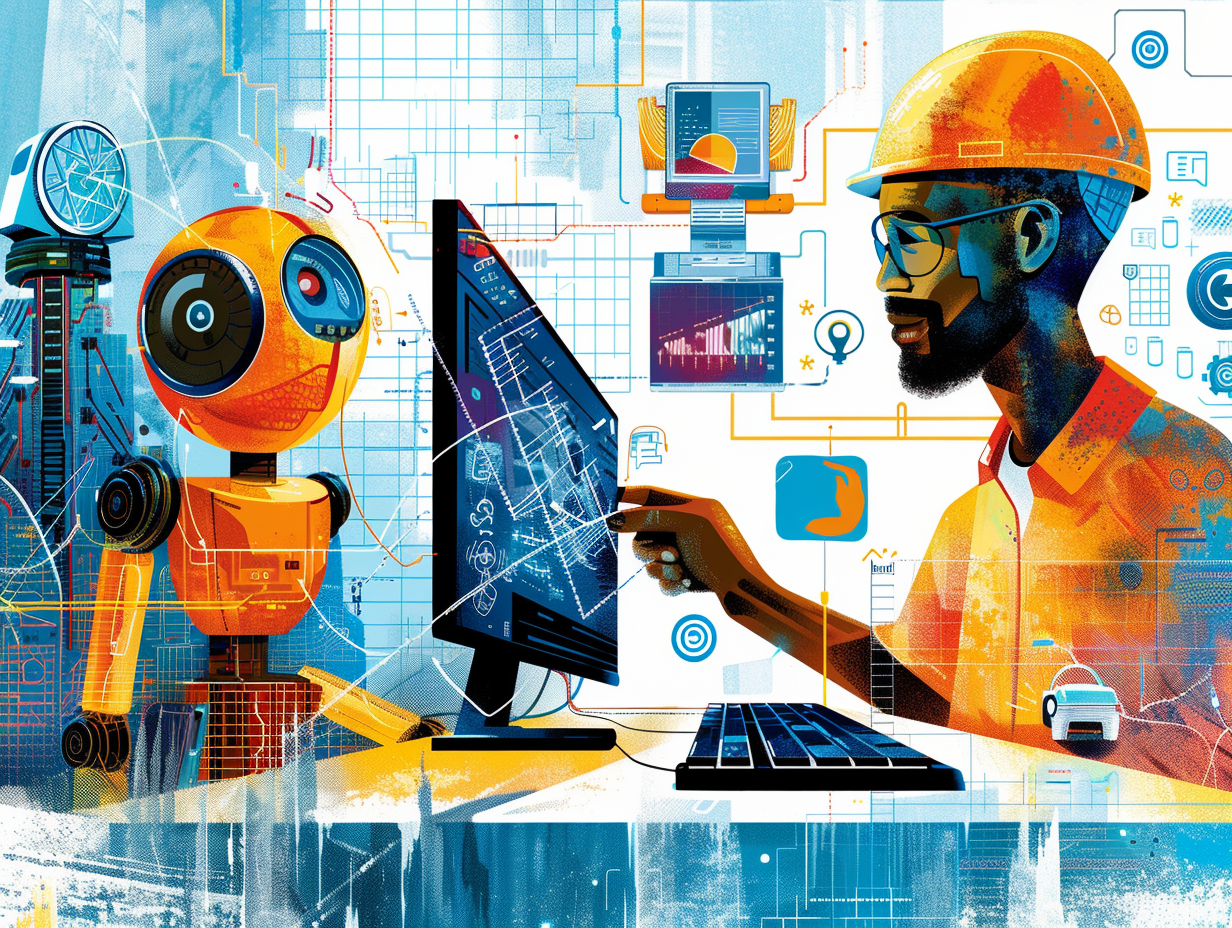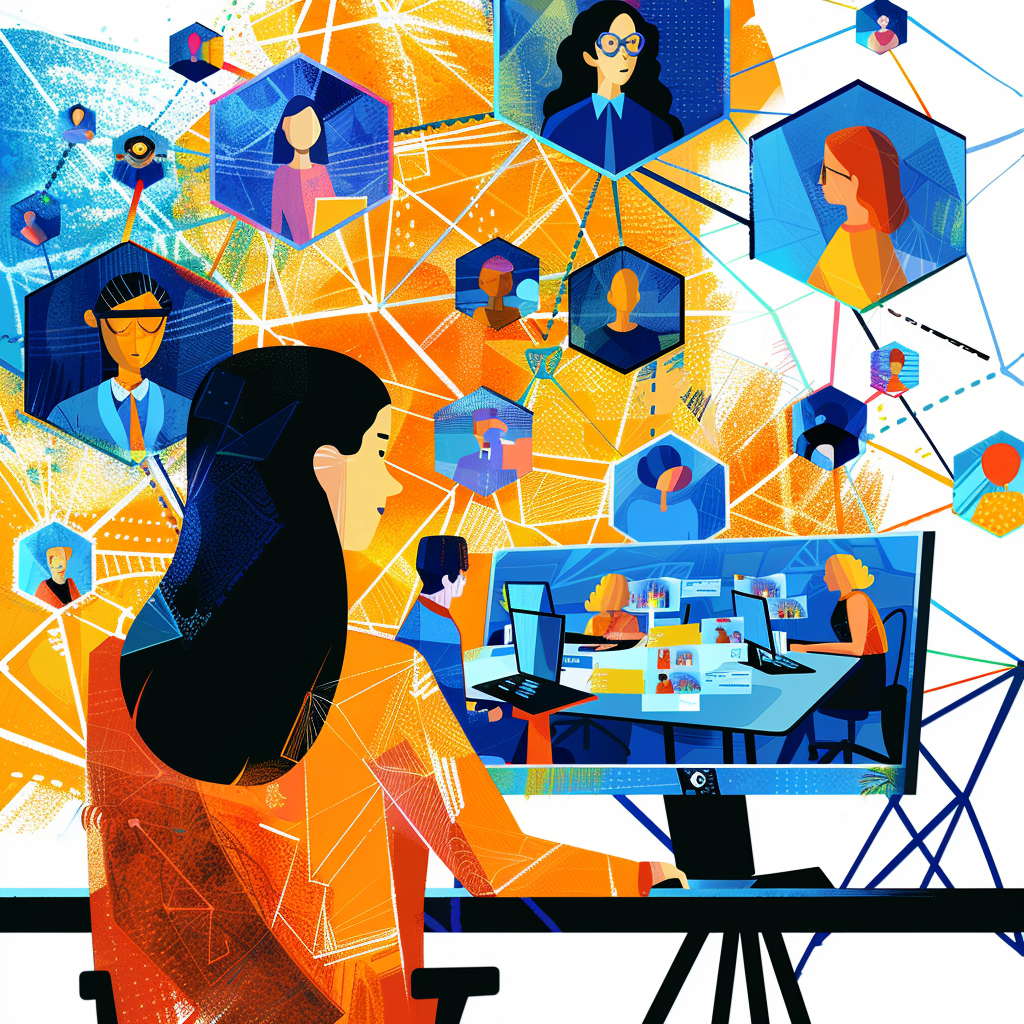Bridging the Learning to Doing Gap
Bridging the Learning-to-Doing Gap in Professional Development
In the rapidly evolving world of technology and business, learning new skills is just the beginning. For professionals, the real challenge—and opportunity—lies in applying these skills effectively in the workplace. This is particularly true when it comes to integrating advanced tools like Artificial Intelligence (AI) into daily operations that activate the intelligence all around a professional. At Hi, we believe that bridging the learning-to-doing gap is essential, and we've designed our programs to ensure that learning transitions seamlessly into practical application.
AI and other technologies offer tremendous potential to enhance business processes and decision-making. However, merely understanding these tools is not enough. It’s critical that professionals also engage directly with technology, applying their new skills in real-world contexts. This approach prevents the common pitfall where learners accumulate knowledge but fail to implement it, often referred to as the "precipice of change."
At Hi, our focus is not just on teaching the technical aspects of Gen AI but on fostering an environment where hands-on use becomes an integral part of the learning process. This method is supported by our comprehensive toolkit, learning bots, and programs that emphasize practical application. For instance, our AI-powered practice HiBot allows learners to experiment with AI in real-time, applying tools directly to their current projects and challenges.
The importance of this approach is underpinned by the broader trends in AI adoption across industries. Businesses are increasingly recognizing the need for their teams to not only understand AI but to wield it effectively to drive innovation and efficiency. For leaders and individual contributors alike, the ability to transition from learning to doing is what will define their success in the coming years. And that’s why Hi has created their 1st90 learning in the flow of work path as well as the Team Transformation Lab.
Our programs are designed to demystify AI, making it accessible to non-technical professionals. By breaking down the barriers to entry, we empower all members of an organization to leverage AI tools, regardless of their technical background. This democratization of technology not only enhances individual capabilities but also fosters a culture of continuous learning and innovation within organizations.
In conclusion, the journey from learning to doing is critical in today’s fast-paced and technology-driven business environment. At Hi, we are committed to enabling this transition, ensuring that professionals not only learn about the latest technologies like AI but also become proficient in their use, thereby maximizing their impact and effectiveness in their roles.

©2024 Harness Intelligence. All Rights Reserved.




